The system being tested should spot the disease long before symptoms or obvious brain signs develop.
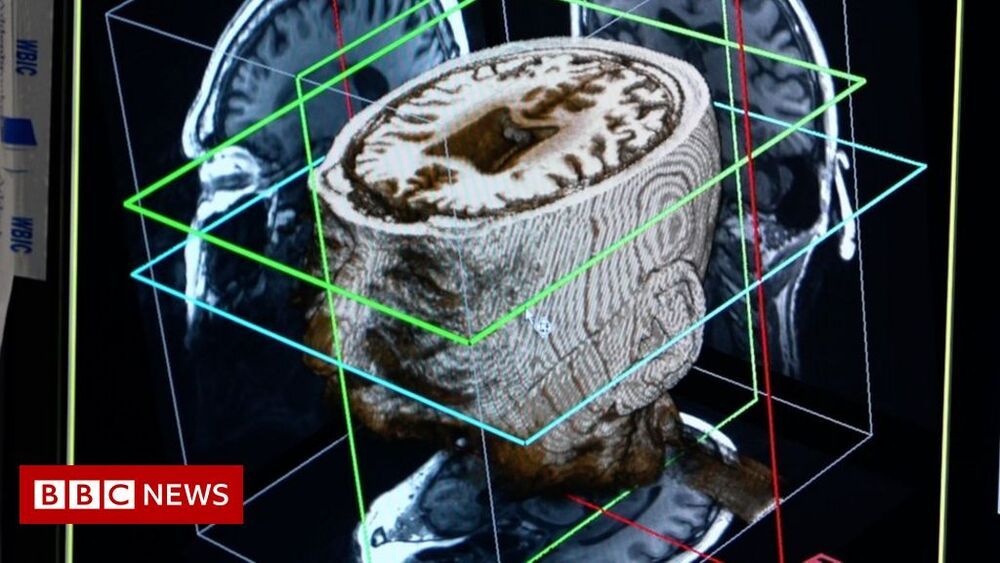

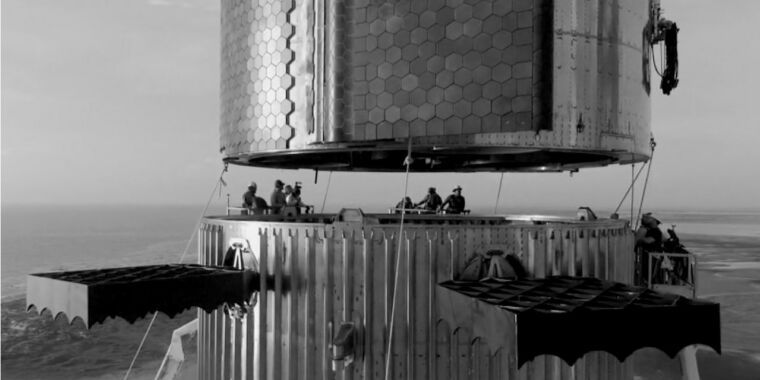
And ArsTechnica seems to be totally missing the point as “delaying” Starship for SOUND AND PRACTICAL SAFETY AND ENVIRONMENTAL QUESTIONS is not ‘delaying’ progress and one needs to simply ask why SpaceX “engineers” can’t up their game enough to actually answer or address those legitimate questions? The answer is rather simple, they probably CAN but the person “in charge” has no with to, incentive to, or will to do so because he sees anyone that questions him as ‘unreasonable opposition’ rather than legitimate concern. Starship could crash and burn on the orbital flight and it would not make a difference at all to the ‘world’ in general. We can and have recovered from worse numerous times while advancing technology and transportation. The FACT that Musk, (and his many rapid fans) somehow “assume” that he and only he can ‘advance’ space access are very much proof that this is not about engineering, ability or purpose but strictly about ego.
To the FAA, Musk seemed to be saying, federal regulators must do their part to ensure the future arrives on schedule. Just as the 20th-century skyscrapers marked the beginning of a new era and eventually launched America into a prosperous future of finance, communication, marketing, and more, the 21st century now beckons.
The skyscraper age will soon give way to the space age.
Holding back Starship means holding back this progress, Musk wanted regulators to understand. For no longer does our vision stop in the clouds—it extends far, far beyond them. During the last five decades, humans have begun to explore the Solar System. Now it is time to extend commerce there and settle humans on new worlds. Some people oppose this vision, of course, but Musk is counting on government ultimately being on the side of industry and progress.
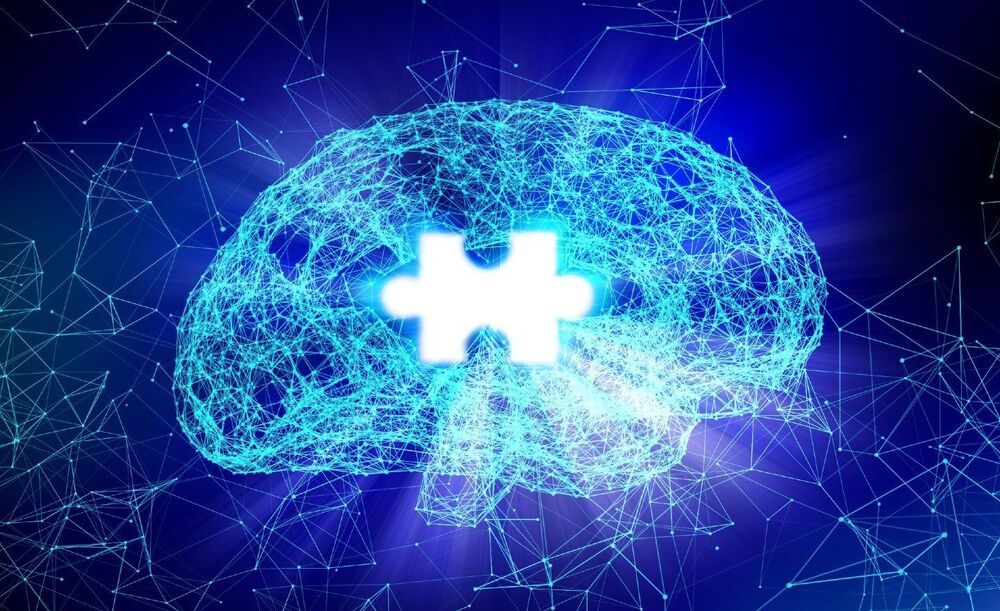
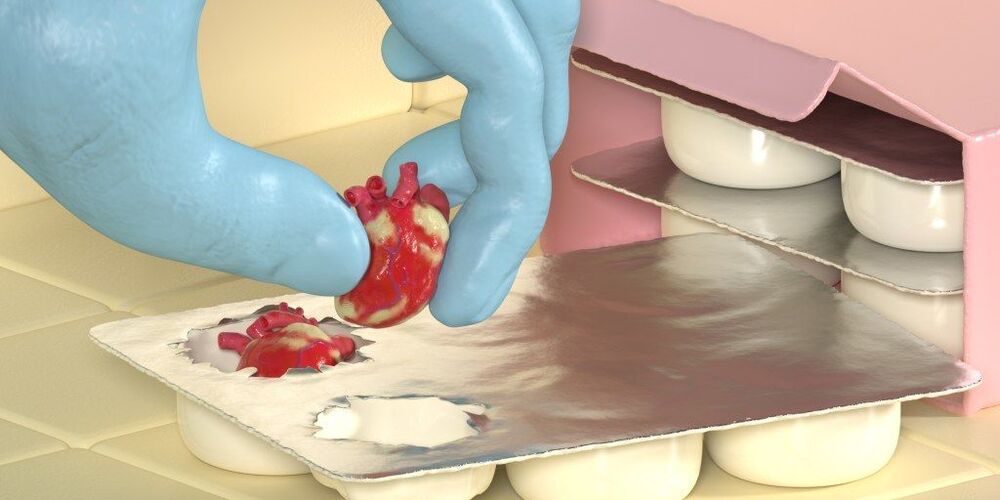
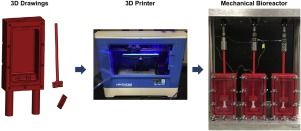
Circa 2018
Mechanical loading is an important cue for directing stem cell fate and engineered tissue formation in vitro. Stem cells cultured on 2-dimensional (D) substrates and in 3D scaffolds have been shown to differentiate toward bone, tendon, cartilage, ligament, and skeletal muscle lineages depending on their exposure to mechanical stimuli. To apply this mechanical stimulus in vitro, mechanical bioreactors are needed. However, current bioreactor systems are challenged by their high cost, limited ability for customization, and lack of force measurement capabilities. We demonstrate the use of 3-dimensional printing (3DP) technology to design and fabricate a low-cost custom bioreactor system that can be used to apply controlled mechanical stimuli to cells in culture and measure the mechanical properties of small soft tissues. The results of our in vitro studies and mechanical evaluations show that 3DP technology is feasible as a platform for developing a low-cost, customizable, and multifunctional mechanical bioreactor system.
• 3DP technology was used to print a multifunctional bioreactor system/tensile load frame for a fraction of the cost of commercial systems.
• The system mechanically stimulated cells in culture and evaluated the mechanical properties of soft tissues.

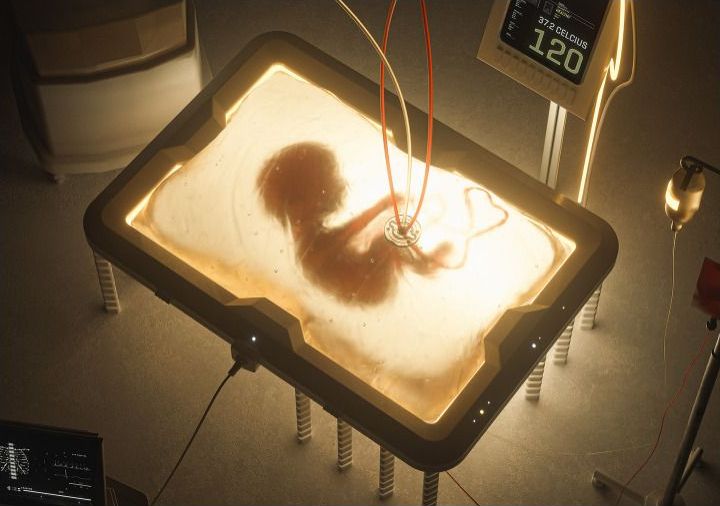
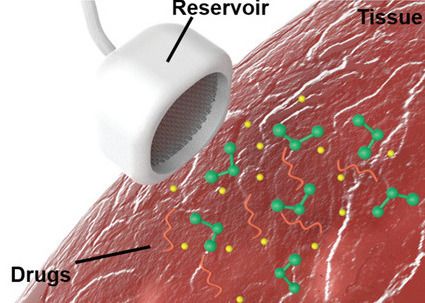
Scientists at the Catholic University of Korea and Asan Medical Center have 3D printed a novel device that could be used to stabilize Acute Liver Failure (ALF) patients as they wait for a life-saving organ donation.
Composed of a 3D printed container and semipermeable membrane, the team’s implant allows for the rapid delivery of the drugs needed to save those in danger of succumbing to ALF. Once implanted, the device also acts as a ‘bioartificial support system,’ functioning as the patient’s liver while reducing any dysfunction caused to their other internal organs, keeping them alive until a transplant becomes available.
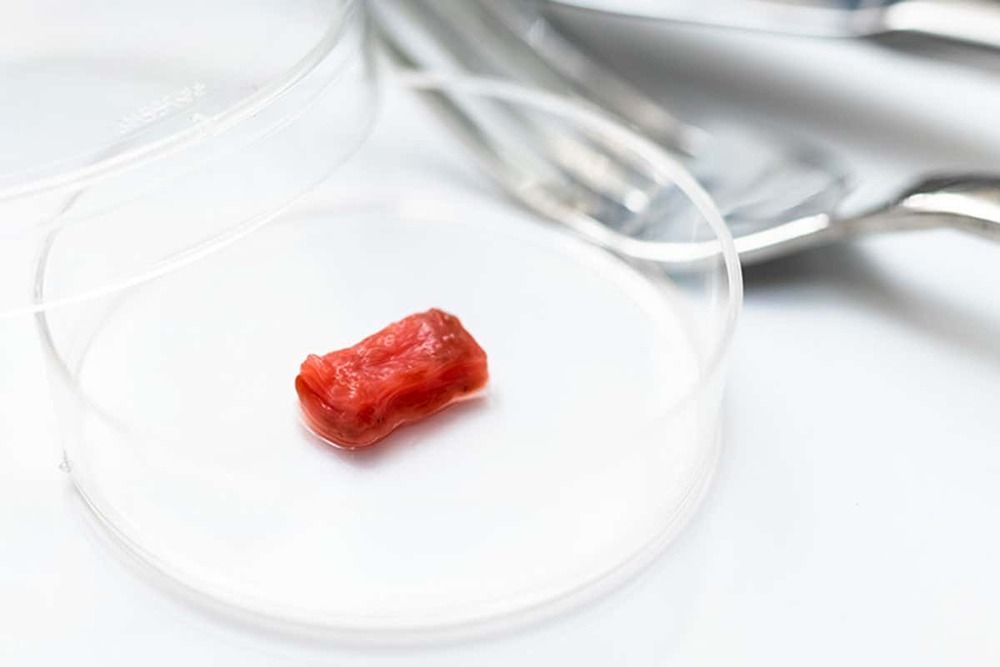
Many researchers are working to develop lab-grown meat, partly to reduce the environmental impact of meat production, and partly because of ethical concerns about the treatment of livestock. While some substitutes use plant-based materials to mimic meat, others aim to grow animal cells in culture to create true artificial meat.
So far, this kind of artificial meat doesn’t match the structure of the real thing. It is missing the complex layers of muscle, fat and sinew. The result is mince that can be used to make burgers, like the one famously cooked at a press conference in 2013. Now, researchers are attempting to make something that mimics a steak or chop.
A team led by Shoji Takeuchi at the University of Tokyo in Japan has found a new way to grow cow muscle cells in culture. The cells arrange themselves into long strands, resembling real muscle fibres. “We have developed steak meat with highly aligned muscle fibres that are arranged in one direction,” says Takeuchi.
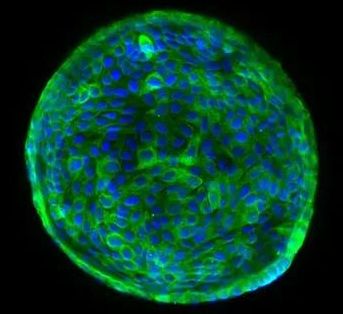
Researchers determined that when introduced into damaged mouse or donated human livers, these lab-grown tissues could integrate into bile ducts and function normally.
ABOVE: A human cholangiocyte–derived organoid with nuclei in blue and the cytoplasm of bile duct cells in green FOTIOS SAMPAZIOTIS, TERESA BREVINI
Scientists have shown over the past decade or so that organoids—small, organ-like structures grown in culture from stem cells—can integrate into many organs, including the liver, lungs, and guts of mice, and repair defects. In a study published today (February 18) in Science, researchers have advanced this approach in human tissue, and demonstrate that organoids derived from adult cholangiocytes, the cells that line the bile ducts, can integrate into human livers from deceased organ donors. The findings pave the way for new treatments for liver diseases, as well as for the repair of donated organs to make more available for transplant.
“It is quite spectacular if you can really functionally repair the liver by injecting cholangiocytes into an intact liver,” says Hans Clevers, a developmental biologist at Utrecht University in the Netherlands. He was not involved in the work, but in research led by former postdoc Meritxell Huch, his group showed in 2015 that it was possible to grow human liver organoids in culture and that they could be successfully transplanted into mice—work the authors of the new study have built upon.